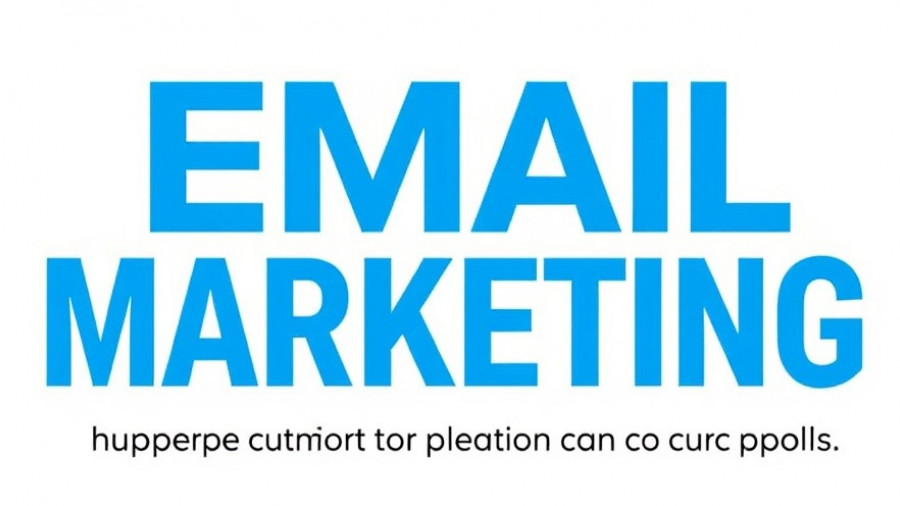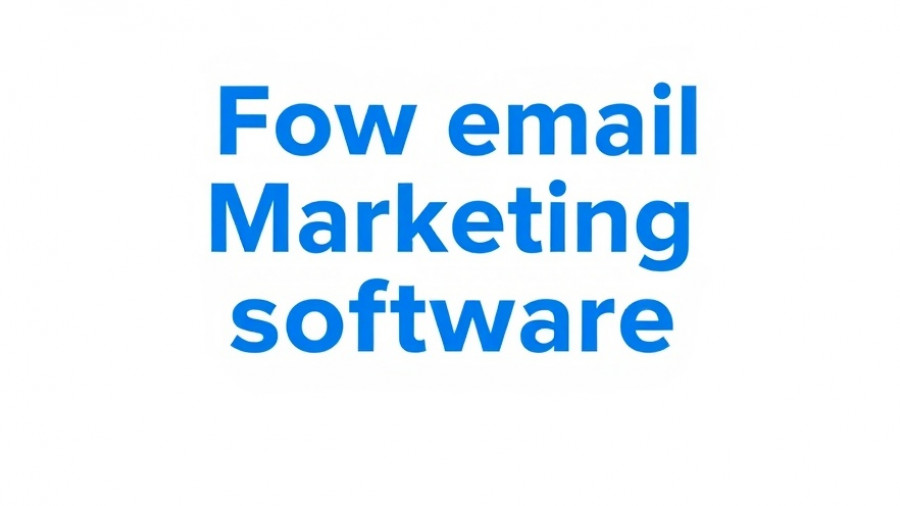
Migrating Marketing Automation Workflows: A Crucial Transition for B2B SaaS Companies
The digital landscape is evolving, and B2B SaaS companies are increasingly moving away from legacy CRM systems to modern platforms that enable profound marketing automation capabilities. However, one of the biggest challenges during this transition is migrating existing marketing automation workflows without falling prey to data loss or disruption of service continuity. According to industry insights, ensuring your automation processes—like lead nurturing and lead scoring—function seamlessly is imperative for maintaining sales momentum and preventing lost opportunities.
Understanding the Importance of Workflow Migration
When B2B companies decide to shift their customer relationship management to newer platforms like HubSpot, they often grapple with the fear of turmoil during the transition. The risk is high; an improperly executed migration can lead to muddled data such as customer records, lead information, and more. Timothy Dawson, a notable figure in SaaS transformations, emphasizes that it’s crucial to prioritize critical workflows during the migration.
Step-by-Step Workflow Migration: Where to Start
Phase one involves identifying and implementing the most critical revenue workflows. For instance, the demo request response automation is paramount. This workflow ensures that demo requests are addressed instantly, directly impacting the conversion rates. HubSpot setup for this involves specific triggers such as form submissions that lead to swift actions, reducing any lag time that could cost sales.
Best Practices for Successful Migration
To streamline the process, companies should document existing workflows, create a detailed migration plan, and test extensively using sandbox environments to catch potential issues before a broader rollout. Edwin H, an analyst focused on migration strategies, illustrates that proper alignment between marketing and sales teams is the linchpin in migrating SQL handoff workflows. Furthermore, every step—like lead lifecycle progression and customer onboarding—requires careful attention to avoid disrupting the funnel stages.
Common Pitfalls: Avoiding Migration Challenges
Some common headaches during migration include incomplete workflow documentation, inadequate stakeholder communication, and rushing timelines. Experts recommend that companies pay attention to these areas to ensure a smoother transition. The final phase should address ongoing optimization of workflows post-migration to ensure sustained operational efficiency.
Looking to the Future: Key Considerations
As SaaS companies adopt new technologies, implementing the migration effectively opens doors for scalability. Companies can further enhance their workflows with advanced functionalities, such as API integration and detailed analytics monitoring. Understanding that migratory processes could represent a valuable opportunity for improvement is essential for future success.
Ultimately, the transition isn't just about moving data; it’s about creating a framework for ongoing growth and improvement. New tools bring forth an opportunity for businesses to reevaluate their existing processes—leading to potential boosts in both revenue and operational efficiency.
 Add Row
Add Row  Add
Add 




Write A Comment